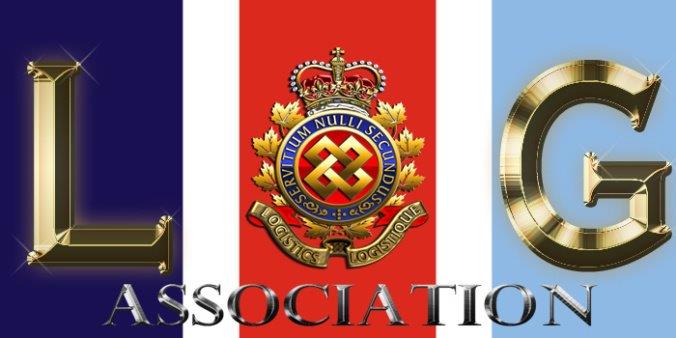Canadian Navy Logistics During the Gulf War
In August 1990, Saddam Hussein’s Iraqi forces invaded and occupied its small neighbor and U.S. ally, Kuwait. The United Nations quickly adopted a resolution of condemnation for Iraq’s aggression and the world began to react, and Canada was no exception.
Operation FRICTION, as Canada’s military deployment to the Persian Gulf region was known, originally consisted of three ships; the destroyers HMCS Terra Nova, HMCS Athabaskan, and the supply ship HMCS Protecteur. These were sent to participate in the enforcement of the UN trade embargo against Iraq and, just as had been the case with the three destroyers that Canada sent to take part in the Korean War in 1950, the Canadian ships were the first to arrive in theatre. As in 1950, these ships were the assets most readily available for the Canadian government to deploy, but the fact that they were able to be made ready for deployment and sent on their way on very short notice was nonetheless a demonstration of the benefits of effective logistics.
On this occasion the logistics took on a new and important role. Despite the fact that the Canadian Navy had virtually no experience operating in the Persian Gulf, and despite the unique logistical challenges presented by the 13,000 km distance from home, Navy logisticians were hard at work even before the official decision to send the ships had been made. From the start, a navy logistics detachment under the leadership of then-Commander David Banks was sent to the region to conduct a reconnaissance of the intended area of operations.
After Cdr. Banks submitted a report of his team’s findings, a sixteen member detachment composed of personnel from a wide variety of naval classifications and trades was sent to Manama, Bahrein, where the team was able to complete the initial set up of most of the required logistical arrangements before the Canadian Task Group had even arrived in the Gulf region. As the operation evolved, adjustments were made to the size and composition of this team, which became known as the Canadian Maritime Logistics Detachment (CANMARLOGDET), and became the first point of contact in theatre for ships in need of spares, supplies, and consumables.
CANMARLOGDET tasks included assisting in the re-design of missile-launch systems; coordinating the movement of contracted sea-containers; establishing financial and supply contracts; providing support to transiting Canadian Forces aircraft; arranging the arrival and departure of Canadian Forces personnel; coordinating medical support; liaising with their counterparts from other allied navies; and coordinating recreational activities for the ships’ crews. The Canadian Navy had learned from problems encountered during earlier conflicts, and CANMARLOGDET was able to succeed during the Gulf War because logistics had been made a top priority right from the start.
Dan Caron for CF Log Assn
Reference: Canadian Military Journal, Summer 2004
Previously published, Logistics Service Newsletter, Feb ’17
